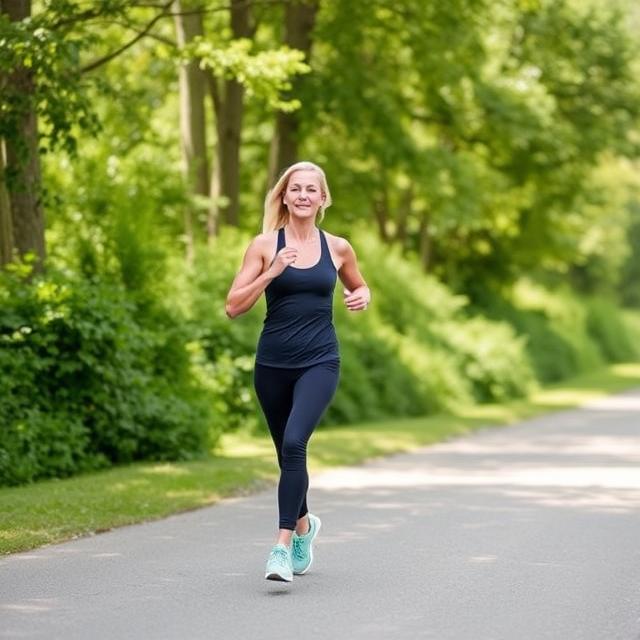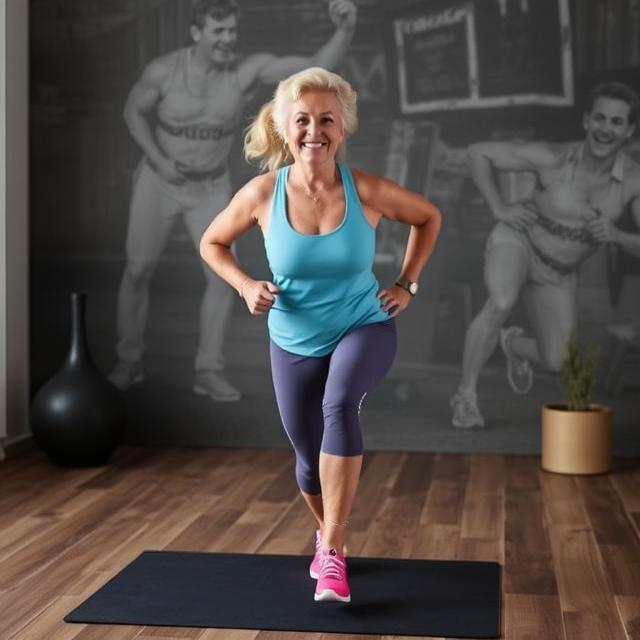Staying active after 60 is not just about maintaining appearances—it’s about preserving independence, improving quality of life, and boosting both mental and physical well-being. As we age, our bodies undergo significant changes: muscle mass declines, bones lose density, joints stiffen, and the heart works a little harder. However, cardio exercise—also known as aerobic exercise—can be a powerful tool to combat these changes. Whether it’s brisk walking, swimming, cycling, or dancing, cardiovascular activity keeps the body resilient and the mind sharp. Here are six compelling reasons why cardio should be a staple in your routine after turning 60.
1. Improves Heart Health
Cardiovascular disease remains the leading cause of death globally, and the risk increases significantly as we age. One of the most profound benefits of cardio for older adults is its ability to strengthen the heart muscle, improve blood circulation, and reduce blood pressure. When you engage in regular aerobic activities like walking, swimming, or cycling, your heart becomes more efficient at pumping blood. This helps lower resting heart rate and reduces strain on the cardiovascular system. Moreover, cardio helps to increase HDL (good cholesterol) while decreasing LDL (bad cholesterol) and triglycerides, which are all markers for heart disease risk. Even moderate cardio, performed consistently, can reduce the buildup of arterial plaque, lowering the risk of heart attack and stroke. For those over 60, maintaining heart health is key to sustaining energy levels, reducing hospital visits, and enjoying daily activities with fewer interruptions. By incorporating cardio into your weekly routine, you not only strengthen your heart but also enhance its longevity and efficiency, empowering you to live a fuller, more active life well into your senior years.
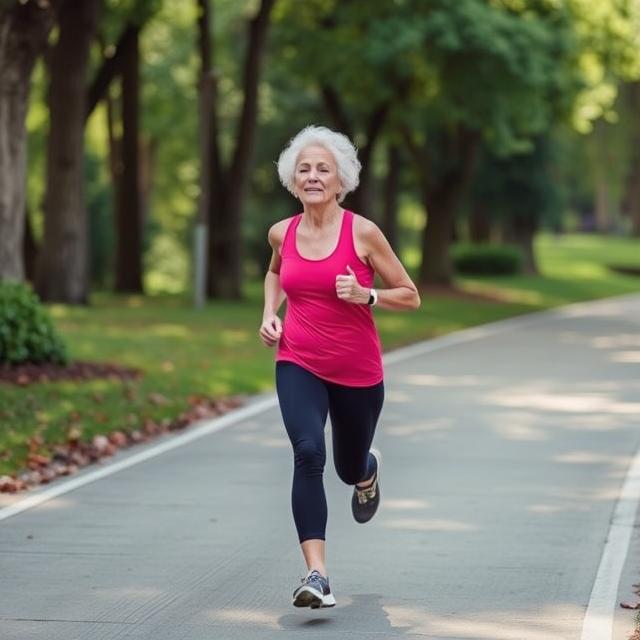
2. Enhances Cognitive Function
The brain benefits just as much from cardiovascular exercise as the body does—if not more. After 60, many adults begin noticing subtle cognitive changes like memory lapses or slower information processing. Regular cardio, however, stimulates brain activity by increasing oxygen flow and supporting the growth of new blood vessels in the brain. It also promotes the release of neurotransmitters and neurotrophic factors like BDNF (Brain-Derived Neurotrophic Factor), which help with memory retention, mood regulation, and overall brain health. Studies have shown that seniors who engage in routine aerobic exercise perform better on memory and attention tests and have a reduced risk of cognitive decline, including Alzheimer’s and other forms of dementia. Furthermore, cardio exercise can reduce anxiety and depression, two conditions that often increase with age and contribute to mental fatigue. By keeping the brain engaged through movement, older adults are better equipped to maintain mental clarity, emotional balance, and overall cognitive resilience. Engaging in just 30 minutes of cardio, five days a week, can significantly sharpen mental focus, support decision-making, and preserve your independence and quality of life as you grow older.
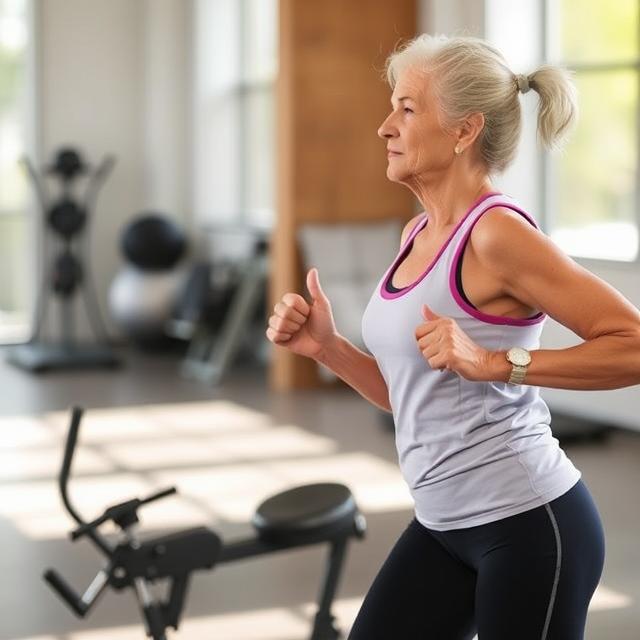
3. Aids Weight Management and Metabolism
Metabolism naturally slows down with age, leading to an increased tendency to gain weight—even if eating habits don’t change. Cardio is a critical tool for reversing this trend. By elevating your heart rate and keeping it raised for extended periods, cardiovascular activity burns calories, promotes fat loss, and revs up your metabolism. This is especially important after 60, when maintaining a healthy weight becomes essential not just for appearance, but for reducing the risk of chronic illnesses like type 2 diabetes, joint issues, and cardiovascular disease. Furthermore, cardio exercise helps to regulate insulin sensitivity and glucose levels, making it particularly beneficial for those managing or at risk for diabetes. It also assists in preserving lean muscle mass, which is vital because muscle plays a major role in metabolic rate. Beyond the numbers on the scale, staying active through cardio helps reduce visceral fat—the fat stored around internal organs—which is the most dangerous type. Incorporating cardio into your daily life doesn’t have to mean high-impact workouts; consistent, low-impact exercises such as walking or swimming can do wonders for metabolic health and weight control, allowing older adults to move with greater ease and comfort.
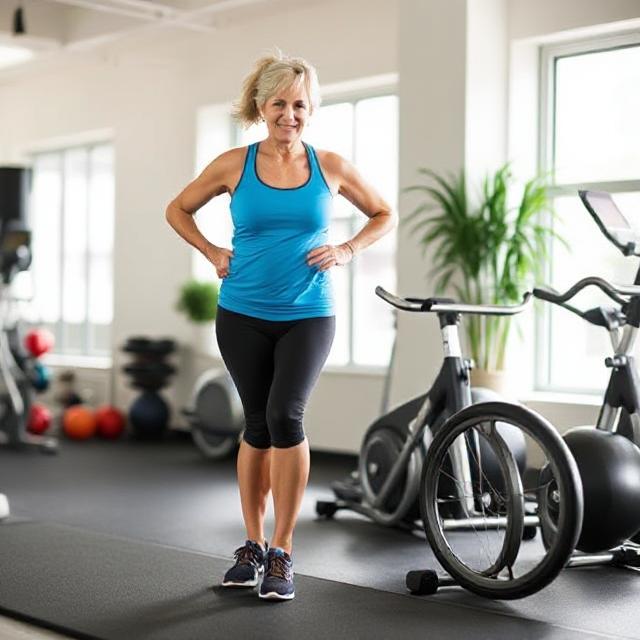
4. Strengthens Lungs and Improves Breathing
With age, lung capacity and respiratory muscle strength often decline, making it harder to breathe deeply or recover from physical exertion. Cardio exercises serve as a powerful respiratory conditioner, training the lungs to operate more efficiently. When you engage in aerobic activity, your breathing rate increases, which stimulates the lungs to take in more oxygen and expel more carbon dioxide. Over time, this strengthens the diaphragm and intercostal muscles, improving your overall lung function. This is particularly beneficial for older adults who may suffer from chronic respiratory conditions such as COPD or asthma. Regular cardio can help reduce the frequency and severity of flare-ups, increase stamina, and make daily tasks—like climbing stairs or walking distances—far less taxing. Improved oxygenation also means better energy levels and enhanced cognitive function, as the brain relies heavily on a consistent supply of oxygen to operate at full capacity. Even if you’re starting from a sedentary lifestyle, gentle cardio routines can gradually build lung strength without overwhelming your system. Breathing easier translates into living better, and with consistent cardio, you can maintain the respiratory strength needed to support all areas of your health and well-being.
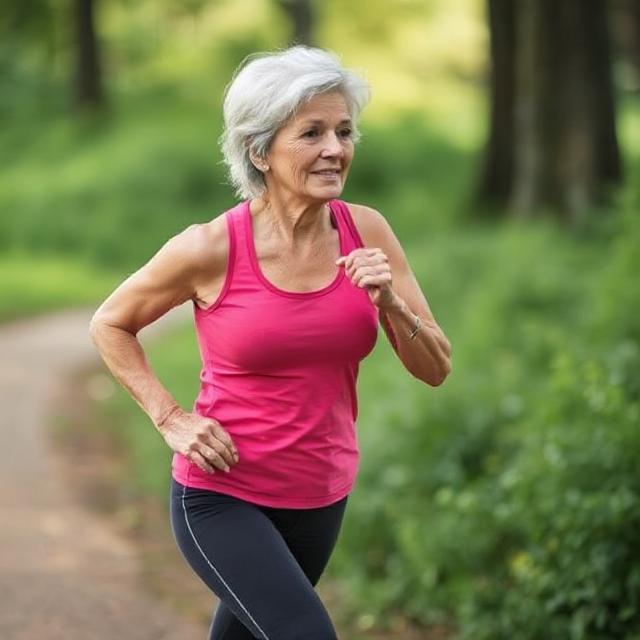
5. Supports Joint Flexibility and Bone Density
One of the greatest physical challenges of aging is the loss of joint mobility and bone density. These issues can lead to discomfort, reduced independence, and increased risk of fractures and falls. Cardio exercise, especially weight-bearing activities like brisk walking or low-impact aerobics, plays a vital role in maintaining strong bones and flexible joints. When the body is regularly in motion, synovial fluid circulates more effectively, lubricating the joints and reducing stiffness. In addition, the gentle impact from walking or dancing sends signals to the bones to stay strong and build density, helping to combat osteoporosis—a condition that disproportionately affects older adults. Cardio also contributes to better balance, coordination, and muscle tone, which are essential for preventing injuries. Many older adults avoid exercise out of fear of falling or pain, but the truth is, inactivity accelerates these very risks. Safe, moderate cardio routines can be tailored to individual ability levels, allowing for joint-friendly movement while still providing the benefits of resistance and impact. Over time, this improves range of motion and structural strength, giving older adults the confidence and physical capacity to remain independent and mobile in daily life.
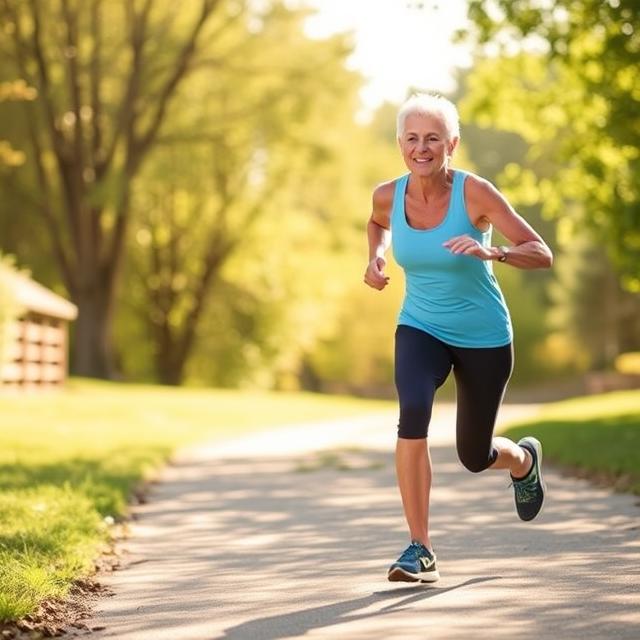
6. Boosts Mood and Reduces Depression
Mental health is often overlooked in older populations, yet it’s a crucial component of overall wellness. Depression, loneliness, and anxiety are common after 60 due to factors like retirement, loss of loved ones, and declining physical abilities. Cardio exercise is a powerful natural antidepressant. Physical activity prompts the release of endorphins—feel-good hormones that elevate mood and create a sense of well-being. It also reduces levels of cortisol, the stress hormone that can wreak havoc on both physical and mental health. Additionally, engaging in cardio—especially in social or outdoor settings—can foster connection, reduce feelings of isolation, and bring more structure and joy to daily routines. Studies have consistently shown that older adults who engage in regular aerobic activity report better mood stability, reduced anxiety, and improved self-esteem. Whether it’s a morning walk with a neighbor or a dance class at the community center, cardio can be both a physical and emotional lifeline. It promotes mindfulness, resilience, and a sense of accomplishment that often translates into greater motivation and overall happiness. In short, cardio doesn’t just help you live longer—it helps you feel better while doing it.
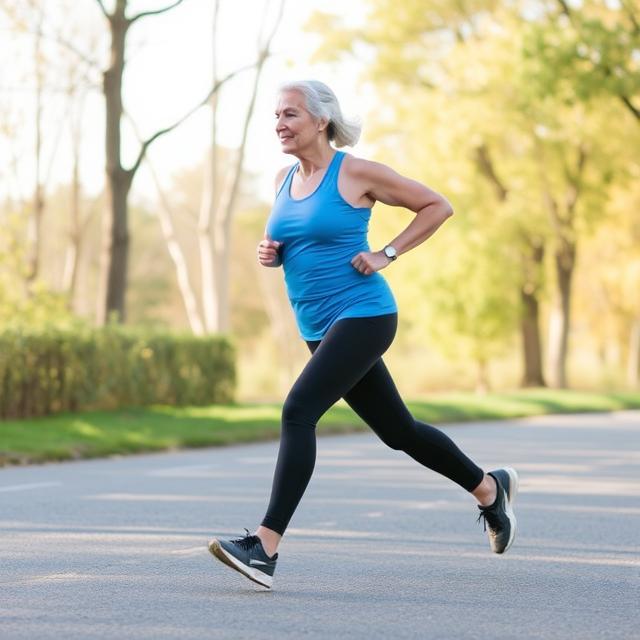
Aging doesn’t have to mean slowing down. In fact, with the right approach, it can be a time of strength, clarity, and renewed vitality. Cardio exercise, when performed regularly and safely, is a cornerstone of fitness and wellness after 60. It fortifies the heart, sharpens the mind, keeps the body limber, and uplifts the spirit. It doesn’t require expensive equipment or grueling workouts—just consistency, intention, and the willingness to move. By embracing cardio as part of your daily life, you’re not only investing in your health—you’re investing in your freedom, happiness, and the ability to keep enjoying everything life has to offer.
